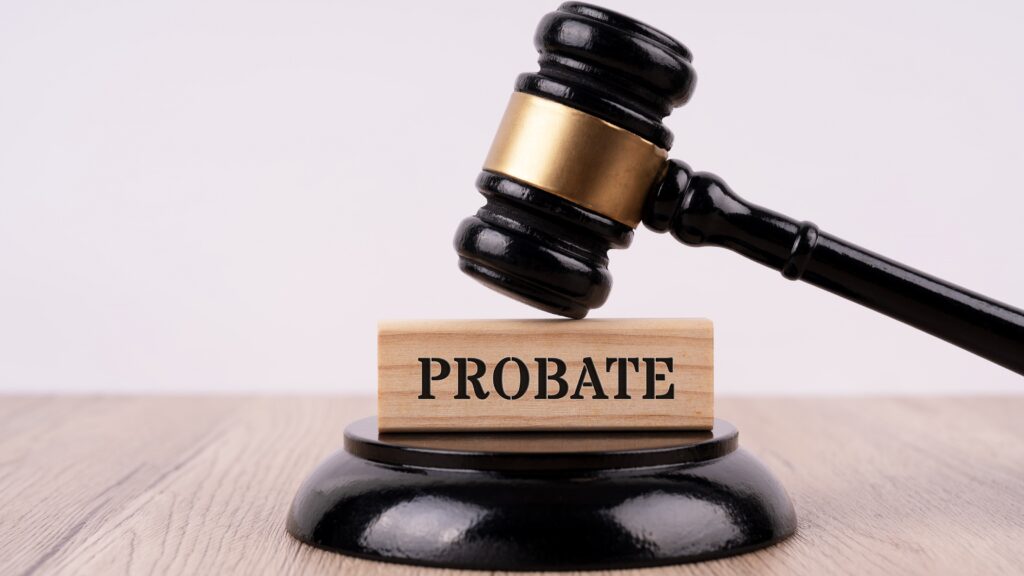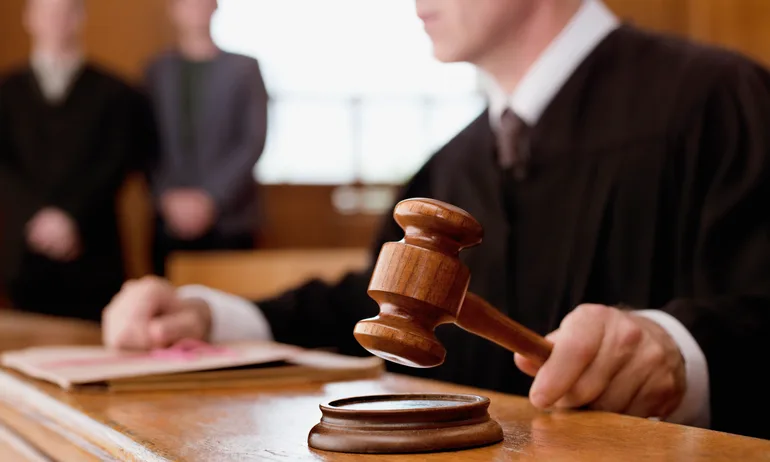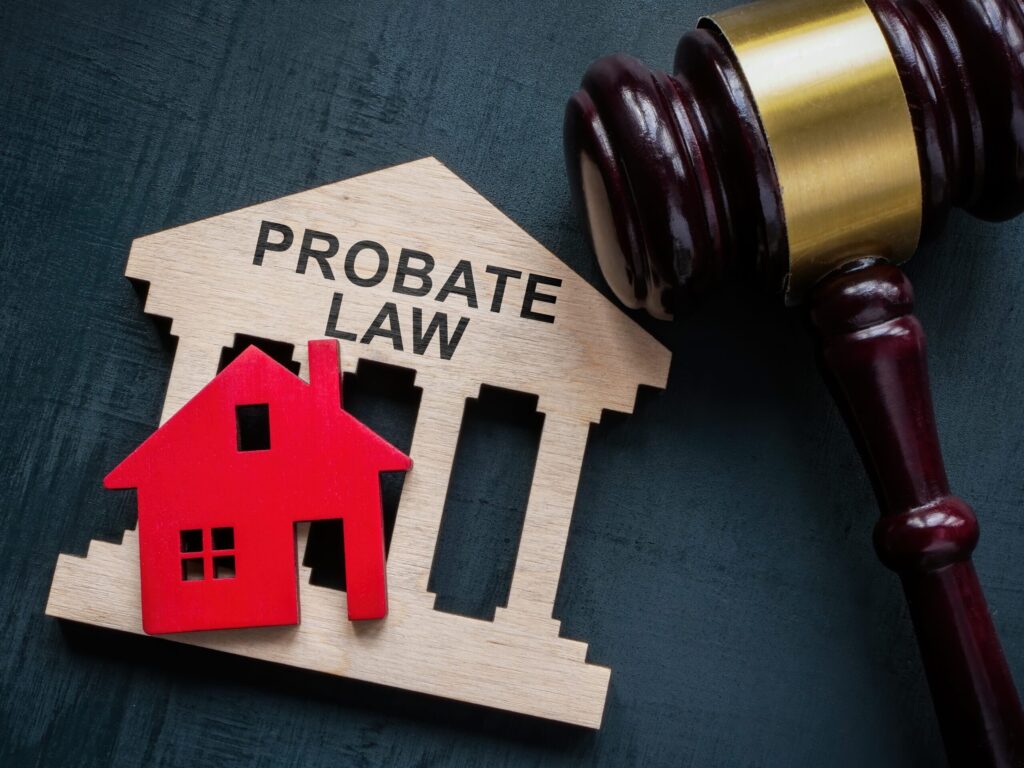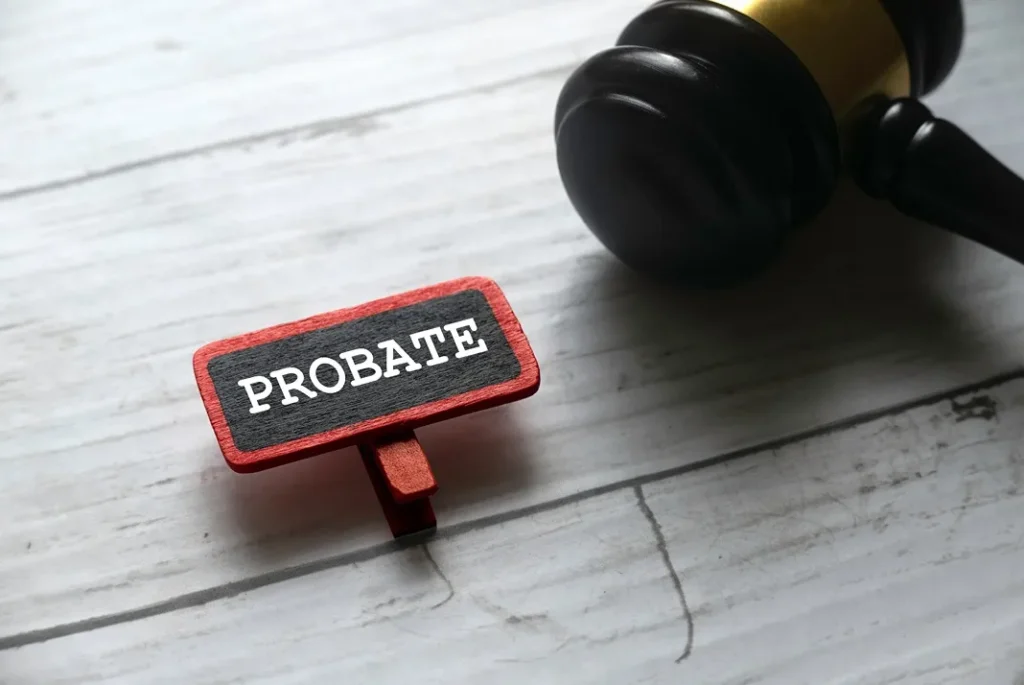When dealing with probate, real estate can introduce complexities that go beyond the mere distribution of assets. One such complexity arises when the property in question is burdened by easements or right-of-way issues. These legal concepts, though often overlooked, play a crucial role in the administration of the estate and can significantly impact the probate process. In this comprehensive guide, we will explore the intricacies of probate involving real estate with easements and right-of-way issues, providing you with the knowledge needed to navigate these challenges effectively.
Understanding Easements and Right-of-Way
Before diving into the probate process, it’s essential to grasp the concepts of easements and right-of-way. These terms refer to the legal rights granted to individuals or entities to use another person’s property for a specific purpose.
Easements:
An easement is a legal right that allows one party to use another party’s land for a particular purpose. There are various types of easements, including:
- Utility Easements: Commonly granted to utility companies, these easements allow the installation and maintenance of power lines, water pipes, or other utility infrastructure on private property.
- Access Easements: These easements provide the right to cross someone else’s land to access a different piece of property, often seen in situations where a landlocked property needs access to a public road.
- Conservation Easements: These are designed to preserve the natural state of the land and prevent certain types of development.
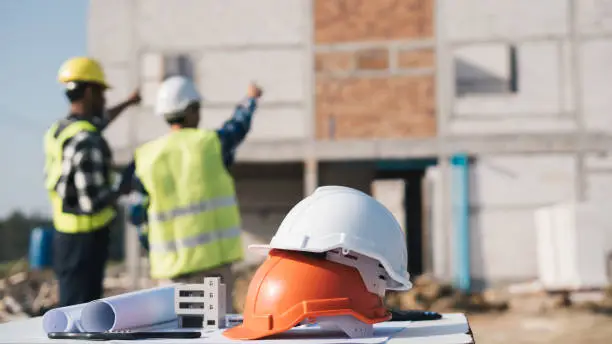
Right-of-Way:
Right-of-way is a specific type of easement that grants the right to travel across another person’s land. This can include anything from a private driveway to a public road that crosses private property.
The Role of Easements and Right-of-Way in Probate
When real estate with easements or right-of-way issues is subject to probate, several complications can arise. These legal rights can affect the value, usability, and marketability of the property, which in turn influences how the property is handled during the probate process.
1. Impact on Property Valuation:
The existence of an easement or right-of-way can significantly impact the value of a property. For instance, a property with a utility easement may be less desirable to potential buyers, lowering its market value. Conversely, a property with an access easement might be more valuable to a neighboring landowner who needs it for access to their own property.
During probate, the executor or administrator is responsible for accurately valuing the estate’s assets, including real estate. Understanding how easements and right-of-way affect the property’s value is crucial for ensuring a fair and accurate assessment. This valuation will impact decisions such as whether to sell the property or transfer it to a beneficiary.
2. Legal Obligations and Restrictions:
Easements and right-of-way issues come with legal obligations that must be honored, regardless of the property’s change in ownership. For example, if the deceased owned a property with a utility easement, the new owner (whether a beneficiary or buyer) must continue to allow the utility company to access and maintain its infrastructure.
These legal obligations can restrict what can be done with the property. For instance, a conservation easement might prevent a beneficiary from developing the land as they see fit. Understanding these restrictions is vital for ensuring that the executor complies with both the law and the decedent’s wishes.

3. Potential for Disputes:
Easements and right-of-way issues can be fertile ground for disputes, especially when the details of these rights are unclear or contested. For example, if a neighboring property owner claims a right-of-way that the decedent’s heirs were unaware of, a legal dispute may arise. Such disputes can delay the probate process and potentially lead to costly litigation.
As part of the probate process, the executor must identify any potential disputes and work to resolve them. This may involve negotiating with neighboring landowners, reviewing legal documents, and, if necessary, seeking court intervention.
Navigating the Probate Process with Easements and Right-of-Way Issues
Navigating probate when dealing with real estate that has easements or right-of-way issues requires a careful, methodical approach. Here’s a step-by-step guide to help you through the process:
1. Review the Decedent’s Estate Plan and Property Documents:
The first step in dealing with real estate in probate is to thoroughly review the decedent’s estate plan, including the will or trust documents. These documents may provide specific instructions regarding the property in question. Additionally, review any property deeds, title reports, and easement agreements to fully understand the legal rights and obligations associated with the property.
2. Obtain a Professional Property Valuation:
Given the potential impact of easements and right-of-way on property value, it’s essential to obtain a professional valuation. An appraiser with experience in valuing properties with these types of encumbrances can provide an accurate assessment, ensuring that the estate’s assets are correctly valued for probate purposes.
3. Identify and Address Any Disputes:
As mentioned earlier, easements and right-of-way issues can lead to disputes. If there are any existing or potential disputes, it’s important to address them early in the probate process. This may involve negotiating with other parties, such as neighboring property owners or utility companies, to clarify the terms of the easement or right-of-way. In some cases, legal action may be necessary to resolve disputes.
4. Comply with Legal Obligations:
Ensure that the estate complies with all legal obligations associated with the easement or right-of-way. This may involve ongoing maintenance, granting access to third parties, or adhering to specific restrictions on the use of the property. Failure to comply with these obligations can result in legal consequences, so it’s crucial to understand and fulfill these duties.
5. Decide on the Future of the Property:
Once all legal and valuation issues are addressed, the executor must decide what to do with the property. This decision will depend on several factors, including the wishes of the decedent (as expressed in the will), the needs and desires of the beneficiaries, and the financial situation of the estate.
Options may include:
- Selling the Property: If the property is to be sold, the executor must ensure that potential buyers are fully aware of any easements or right-of-way issues. This transparency is crucial for avoiding future disputes.
- Transferring Ownership: If the property is to be transferred to a beneficiary, the executor must ensure that the beneficiary is fully informed of the easements or right-of-way and understands their responsibilities.
- Partitioning the Property: In some cases, it may be possible to partition the property, dividing it among multiple beneficiaries. However, easements and right-of-way issues can complicate this process, so it’s important to seek legal advice before pursuing this option.
6. Finalize the Probate Process:
After all decisions regarding the property have been made, the executor must finalize the probate process. This includes distributing the property (or proceeds from its sale) to the beneficiaries, filing any necessary documents with the probate court, and closing the estate.
Real-Life Examples of Probate Involving Easements and Right-of-Way Issues
To better understand the complexities of probate involving easements and right-of-way, let’s consider a few real-life examples:
Example 1: The Landlocked Property
John inherited a piece of land from his late father, but the property was landlocked, meaning it had no direct access to a public road. The only access was via a neighboring property owned by Jane, who had granted John’s father an access easement. However, Jane was not happy about the inheritance and refused to allow John to use the easement.
In this case, the probate process was delayed due to the dispute. John had to negotiate with Jane to reaffirm his right to use the easement. After several months of legal wrangling, they reached an agreement, and John was able to settle the estate.

Example 2: The Conservation Easement
Mary’s father left her a beautiful piece of rural land in his will. However, the property was subject to a conservation easement that restricted development to preserve the land’s natural beauty. Mary wanted to build a small vacation cabin on the property, but the easement prevented her from doing so.
During the probate process, Mary had to come to terms with the restrictions imposed by the easement. She ultimately decided to keep the property as a nature retreat, honoring her father’s wish to preserve the land, but the experience highlighted the importance of understanding easement restrictions before making decisions about the property.
Example 3: The Utility Easement
Tom was appointed as the executor of his aunt’s estate, which included a small suburban home. The property had a utility easement that allowed the local power company to access the land for maintenance of power lines. Shortly after his aunt’s passing, the power company needed to perform major maintenance, which required digging up part of the yard.
Tom was initially caught off guard by the power company’s request but quickly realized that the easement gave them the right to perform the work. He coordinated with the power company to ensure that the work was done with minimal disruption to the property. He also made sure the beneficiaries were aware of the situation.
Conclusion: Mastering Probate with Easements and Right-of-Way Issues
Probate is a complex process, and the presence of easements and right-of-way issues adds an additional layer of challenge. However, with careful planning, a thorough understanding of the legal landscape, and a methodical approach, these challenges can be effectively managed. By taking the time to understand how easements and right-of-way affect the value and usability of the property, addressing potential disputes early, and ensuring compliance with all legal obligations, you can successfully navigate the probate process.


